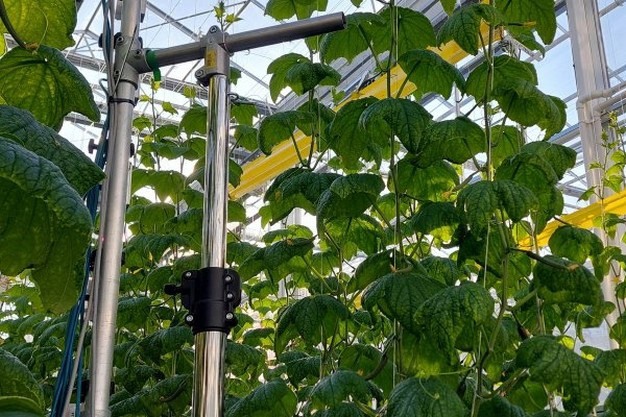In recent years, there has been increasing attention for data-driven cultivation and its benefits for greenhouse horticulture. That is why the business unit Greenhouse Horticulture of Wageningen University & Research started AGROS II in 2024, a multi-year project that focuses on the next steps that need to be taken to enable data-driven cultivation.
Data plays a crucial role in optimizing cultivation conditions, in plant models and in training smart algorithms. Climate data, such as temperature, light and humidity, has been measured with sensors for years. But in addition to climate, crop characteristics are also essential: think of counting leaves and fruits, measuring leaf formation rate and the fruit growth duration.

Currently, these crop measurements are still executed manually and used to finetune the cultivation strategy. The disadvantage? Manual measurements are time-consuming, subjective and limited to just a few plants per greenhouse. To improve this, we are developing an innovative scanning platform in AGROS II on which a number of cameras is mounted that perform crop measurements more frequently and in a standardized manner.
This platform has been used in a cucumber crop in the past few months to collect images. Together with VDL ETG, one of our partners within the AGROS II consortium, we have created an extensive dataset with images and manual reference measurements. In the coming months, we will analyze these images and extract the crop characteristics. We will then compare these results with traditional manual measurements. In this way, we contribute to the steps towards more data-driven cultivation, by continuously and automatically collecting objective plant data.
Source: Wageningen University & Research
